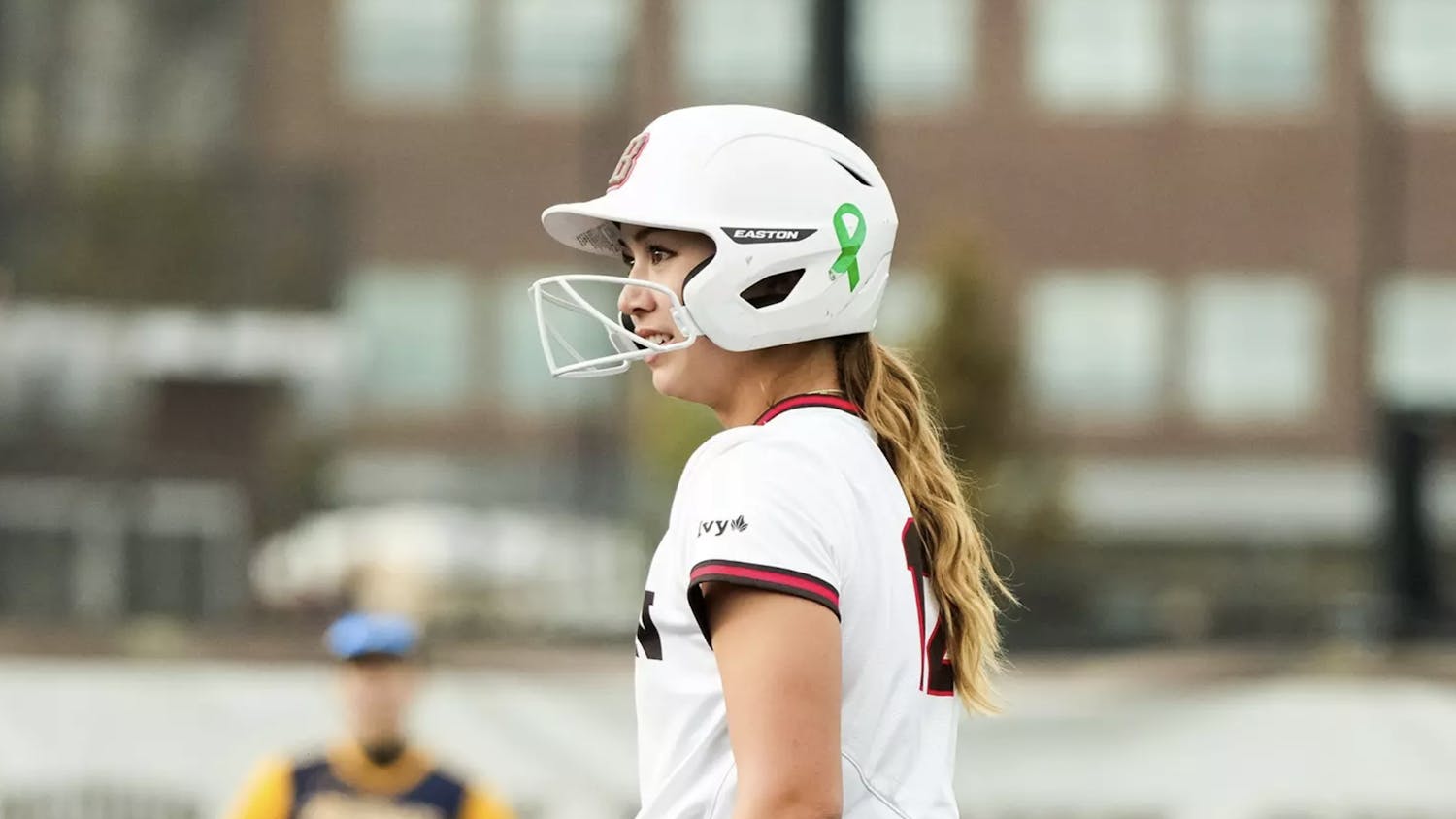So far, MLB’s postseason has been rife with stories. Hidden among the stories that have dominated the news has been a smaller, yet possibly more important, question: What are the Cleveland Indians doing with Andrew Miller? Are they using him correctly? There has been much debate on the issue, and indeed, it goes back further than a single postseason, but the Indians’ current usage of Miller could very well prove a defining moment in baseball strategy.
Miller is the Indians’ best relief pitcher: That much is undeniable. His ERA+ is 304, where 100 is average, and he averages more than 14 strikeouts per nine innings. By all conventional wisdom, Miller should be the Indians’ closer — but that’s not how they’re using him. The Indians are using Miller as a roving reliever, often the first out of the bullpen, entering whenever there is trouble and usually extinguishing it.
Why is this important? It’s important because this postseason seems to be striking a blow against conventional closer usage in baseball. And conventional closer usage in baseball — to put it nicely — sucks.
The problems with conventional closer usage all boil down to the same point: The ninth inning is rarely the most important inning of a game, and it can’t be denied that a closer, usually a team’s best relief pitcher, should be used in the most important part of a game. Thus, as closers all around the league have been confined to the ninth inning, their utility has gone down.
It’s hardly a problem unique to baseball. Remember the EURO 2012 semifinal? The match between Spain and Portugal went to a penalty shootout, and Portugal saved Cristiano Ronaldo, its best penalty scorer, for last, hoping that he would close out the shootout with a goal.
But Ronaldo never shot. By the time his turn arrived, Spain had already won the shootout. Portugal lost without using its most effective player.
Return to baseball, and the connection is clear. How often have teams lost leads in the middle innings because a manager didn’t use his closer? How often have games that are close in the sixth inning turned into blowouts by the ninth, making the closer moot? How often, in other words, do teams lose without utilizing their most effective pitchers?
Very often, is the answer. Conventional closer usage is based on the belief that the ninth inning is the most important because it has the potential to be the last inning. This is false: Using a closer in the ninth inning has made no impact on teams’ ability to retain leads in late innings. It’s been proven again and again and again.
The solution is simple — so simple that it’s surprising it hasn’t been adopted much more widely. Closers should be pitching the most important innings of a game.
This is not some old-timey appeal to managerial intuition either, one that would have a manager use his gut to determine which moments are the most important. Rather, managers can just use the statistics. There are statistics for everything these days, including the importance of each batter. The metric in question is called Leverage Index, and it measures how important a given batter will be to the outcome of a game. And while the ninth inning can sometimes be the most important inning in a contest, according to Leverage Index this is far from automatic.
Say the home team has a one-run lead in the top of the eighth, one out, with bases loaded. In this situation, the Leverage Index is extremely high at 5.6. With two outs, it’s even higher — 6.8. So, the manager brings in his closer, who gets the two extremely high-leverage outs, maintaining the lead. Even if the closer has to be pulled in favor of an inferior pitcher in the ninth inning, the manager has made the right move: He has used his best pitcher to get the most important outs of the game, and in the ninth can start his inferior pitcher on a batter with a Leverage Index of only 2.9. By using his closer in the more important spot, the manager has done two things: He has escaped the high-leverage spot, and he has given himself the ability to use his inferior pitchers in situations of comparatively less importance.
At its core, it’s a simple proposition. The best pitchers should pitch to the most important batters. Thanks to Leverage Index, we know which batters are the most important. Therefore, we know when the best pitchers should be used. Put so simply, it’s amazing that flawed conventional closer wisdom has persisted as long as it has. But then again, it’s not so surprising: Baseball has always shown its unwillingness to adopt tactical change, from measuring players’ performance using RBIs to vastly overusing the sacrifice bunt. Conventional closer mentality is simply another manifestation of baseball’s unwillingness to change, even in the face of evidence that it should.
As far as the MLB is concerned, significant change regarding the closer mentality will take a long time. Baseball tradition, as has been shown over and over again, is not easily uprooted. But even if it’s only in the postseason, it’s a good sign that managers are finally beginning to defy convention and use their relievers the right way.
James Schapiro ’19 has angrily watched Terry Collins butcher the Mets’ bullpen for years. He can be reached at james_schapiro@brown.edu.




